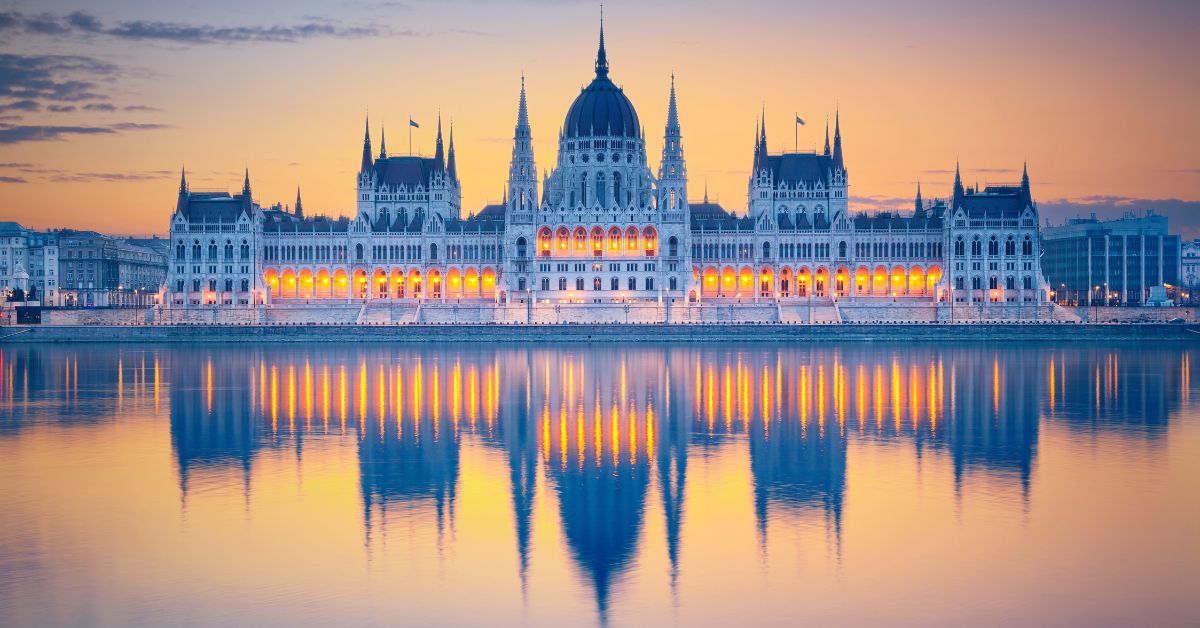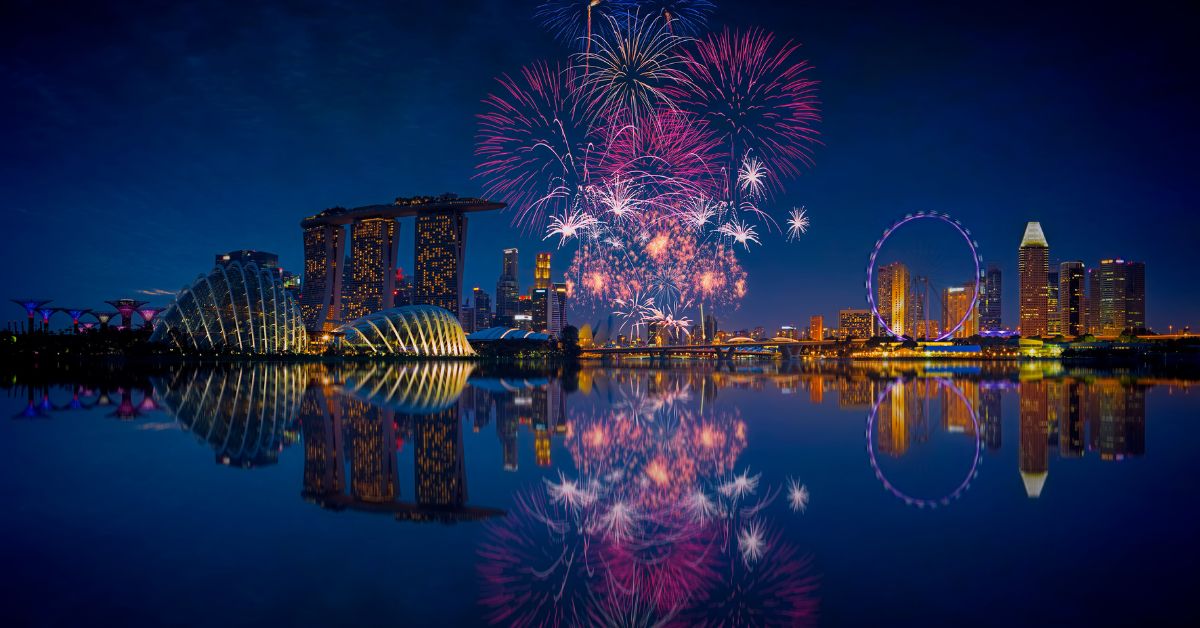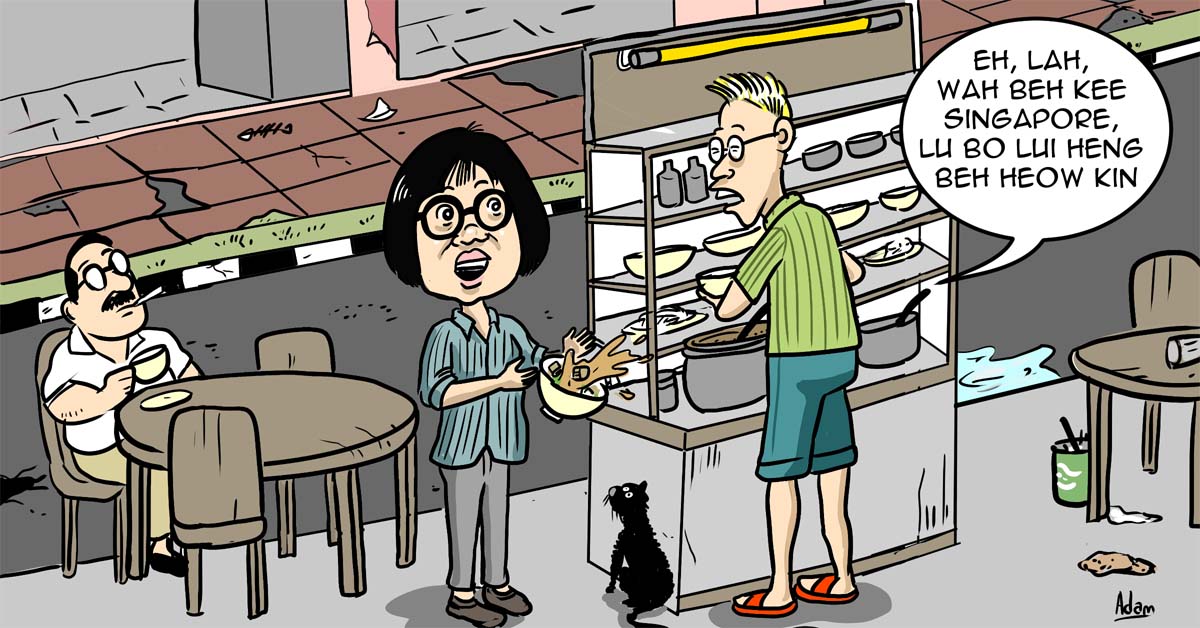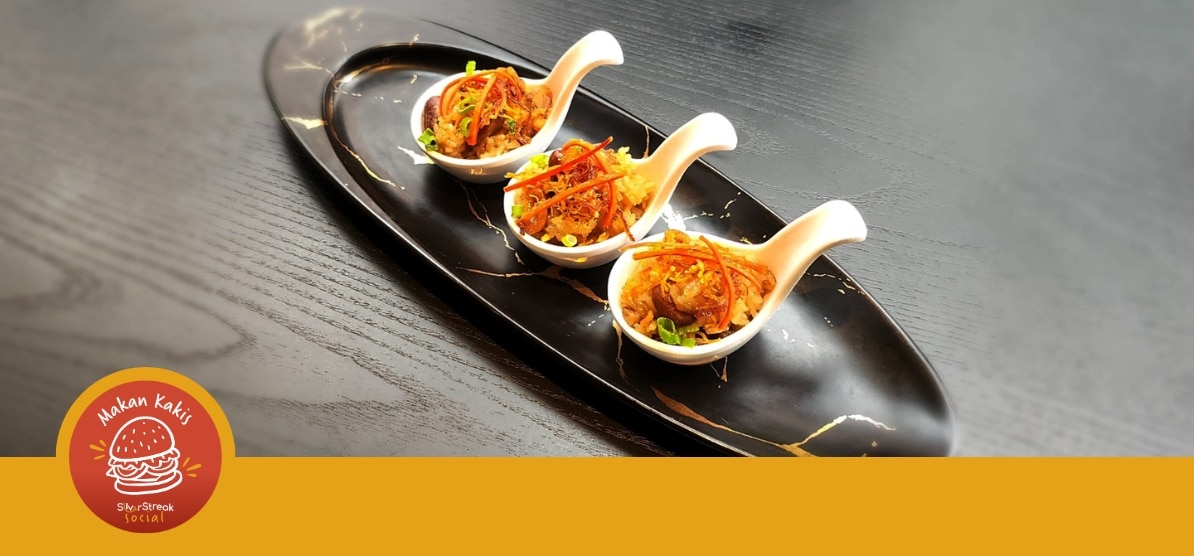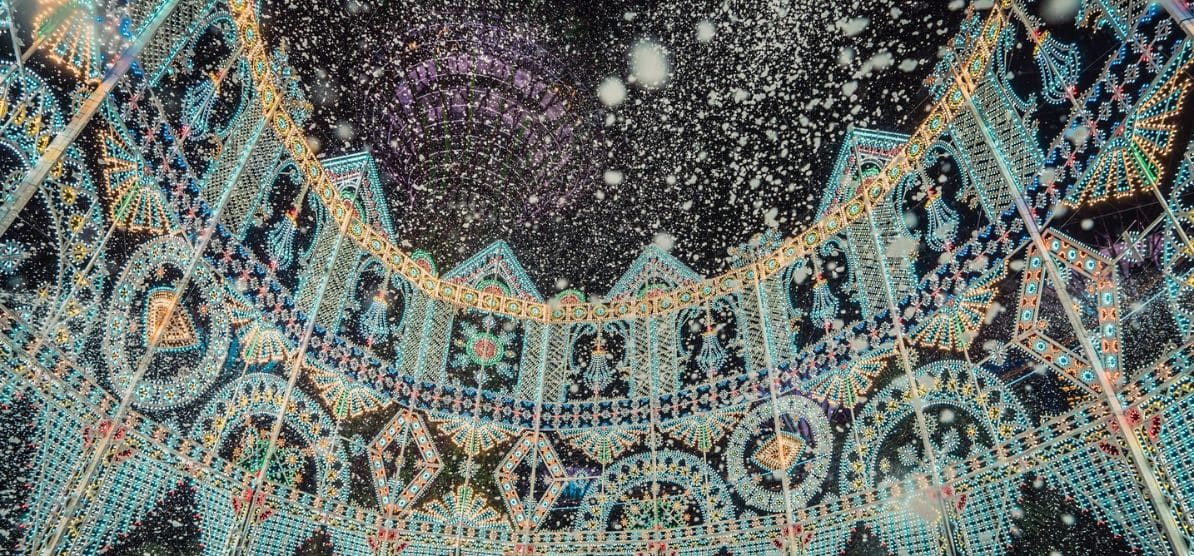
Recently I took a trip to Yogyakarta with my wife and some friends.
It was my first time going to Yogyakarta or Jogja as the locals affectionately call it. Indonesia has many facets and Jogja presents yet another experience.
Jogja surprised me on many levels. Being geographically ignorant, I am not aware that it sits south-central on the island of Java, and faces the whole wide ocean in the south. It is still the only royal city with a monarchy in Indonesia. It is a centre for classical Javanese arts and culture, including batik textiles, drama and wayang puppetry.
A city with just below half a million people, it is also an ancient city with strong influences of Buddhism and Hinduism, especially during the Majapahit Empire era.
Reading up before we got there, there is a great mix of things to do, from visiting historical sites to traditional arts to food. Given our short time there and the preferences of our group, we decided on the historical UNESCO World Heritage sites.
Advertisement
What to do at Yogyakarta
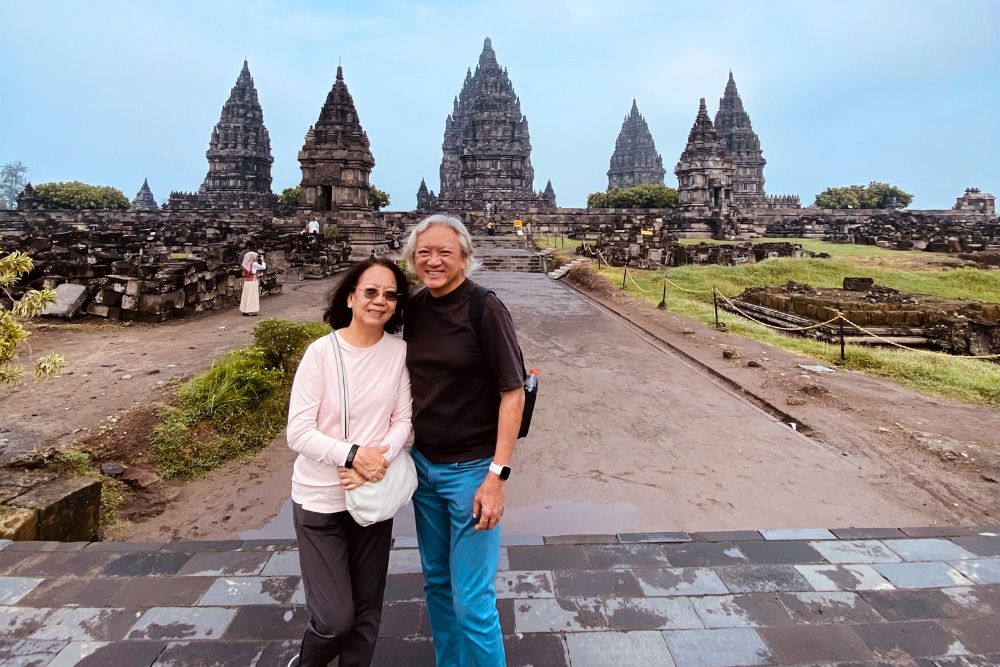
Prambanan Temple itself is a complex of over 200 Hindu temples, built in the 8th century AD. The Hindu temples are decorated with stone carvings illustrating the Ramayana epic. Our first stop was the Prambanan temple compound, which consists of the Prambanan, Sewu, Bubrah and Lumbung temples.
The Sewu, Bubrah and Lumbung temples are the largest Buddhist temple complexes in Indonesia. Prambanan not only represents an architectural and cultural historic treasure but also how peaceful and tolerant a society it was in the 8th century!
Our next stop is the Borobudur Temple compound. It is smaller than I anticipated. I read somewhere that it could take as long as seven hours to tour the temple and the compound. We joined one of the onsite tours and did the whole tour in two hours. We could have lingered on but for the threatening sky. After all, it was the tail end of the rainy season.
This Buddhist temple also dates from the 8th century. It was built in three tiers, a pyramidal base, a trunk of a cone with circular platforms, and at the top a monumental stupa. A total surface area of 2,500 m2.
Yogyakarta beyond history
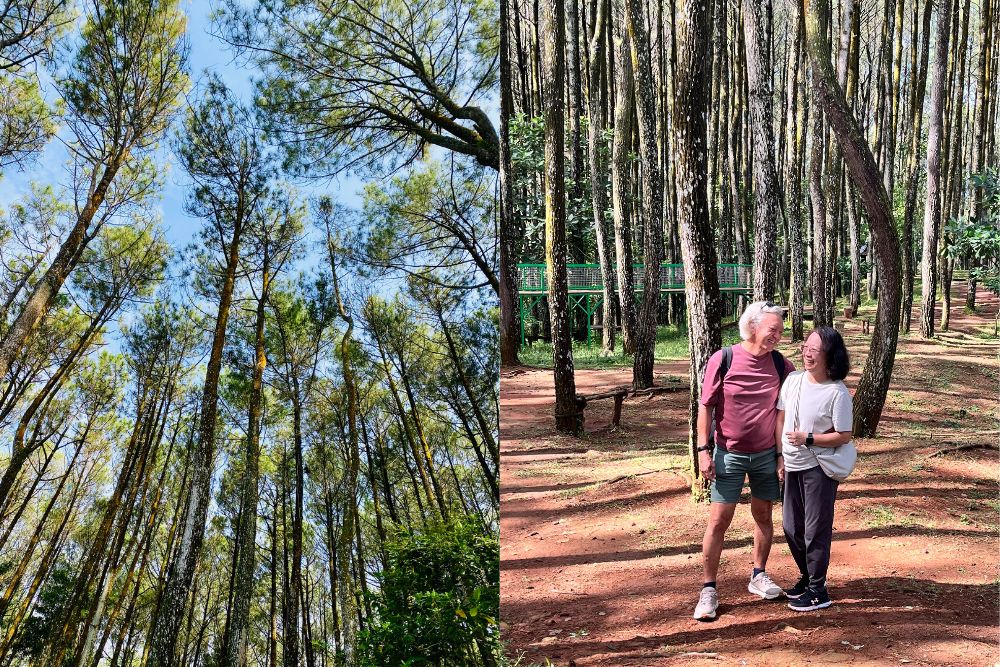
Having enough of history, we visited the Hutan Pinus Pengger (pine forest). It is a refreshing place to experience the towering pine trees in the natural beauty of that hilly area, overlooking the plains of Jogja. It offers plenty of opportunities for photography with the picturesque backdrop of the towering trees and rolling hills.
There is no fixed pattern of trees as nature decided where they grew, and they seemed neat enough for my eyes. We caught a good view of the mountains and the town below. This is not the “immersive forest” sort of experience, but rather a place for great photos. There is an absence of larger wildlife, at least from what I can see. But I saw the typical tropical forest insects like spiders, millipedes, as well as many birds. There was a sign warning about bears but I suspect that bears are now long gone from the area.
A token entrance fee is charged – I think it is less than a dollar. The best time to visit the forest is the March-May window. We were there slightly earlier in late February, but the weather was cool enough, given its higher ground and the shaded environment.
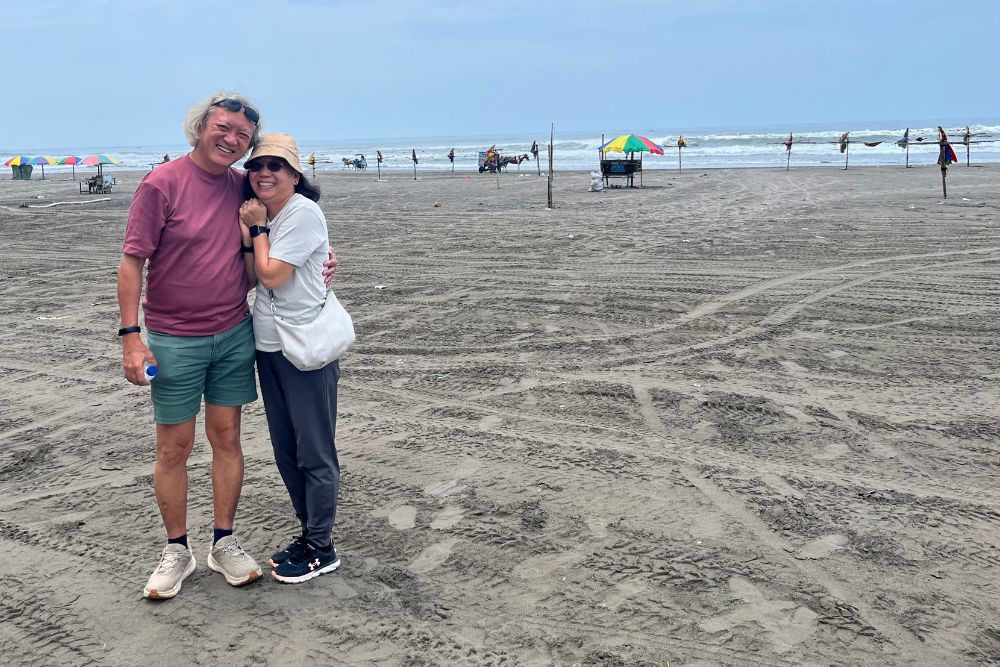
A short drive away is the Pantai Parangtritis. A beach fronting the vast ocean, hundreds of kilometers from Australia. We spent some time there taking photos and just marveling at the beauty of nature.
No trip is complete without going on a food trail. Yogyakarta food is the same yet different from other Indonesian foods. We tried Gudeg for the very first time.
Gudeg is a traditional Javanese dish that is native to Jogja. Made from young and unripe jackfruit (nangka to be precise), it is stewed for hours with meat, usually chicken, with palm sugar and coconut milk, and additional spices like garlic, shallot, candlenut, coriander seeds and teak leaves. It is an interesting dish, although I found it a tad too sweet for my palate. It’s described as ‘a green nangka stew.
Being a coastal city, the seafood is good. Gurami fish is one of my favorites. Deep-fried or grilled is best. And if you are a fan of sup buntut (oxtail soup) Jogja offers a good option. I loved it.
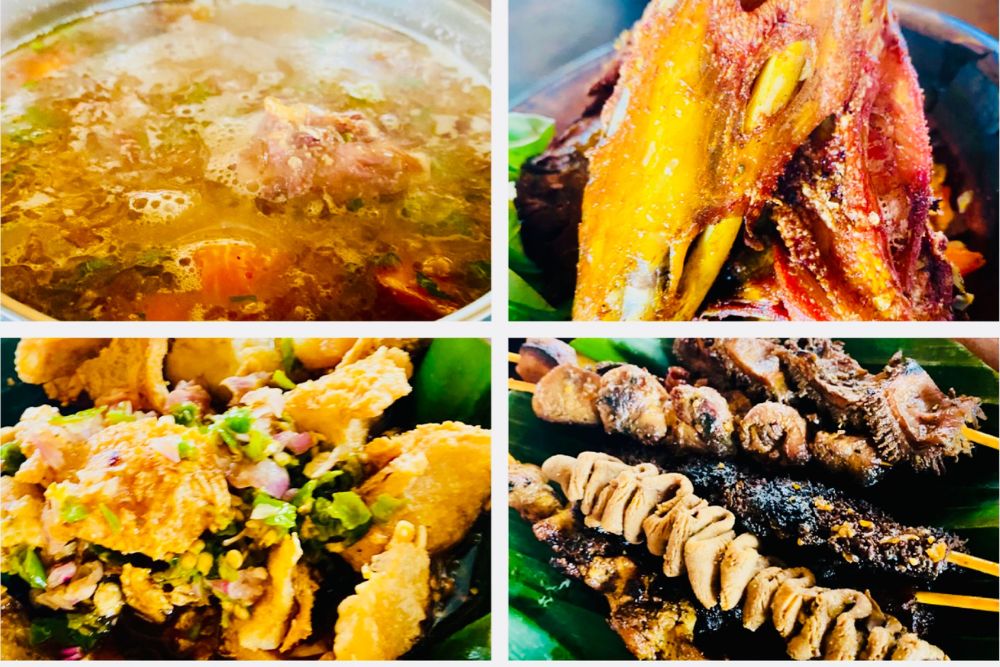
Jogja batik
Jogja is often described as one of the batik capitals of Indonesia. There are many batik shops. And they are not cheap! Anything from $50 to $1,000 Singapore dollars. Silk ones are always expensive. As well as those that are hand-drawn. The cheaper printed ones only have one side of the fabric with motifs, while the motifs of the hand-drawn ones are on both sides of the fabric.
It was educational for us to learn about the different styles and motifs of batik from the different parts of Indonesia.
Jogja batik is not just about the fabric. It is about its tradition, history and culture of its people. It is a heritage that they strived hard to preserve, especially in these times. From its colors to its motifs, every piece of these beautiful fabrics has meaning.
For example, the colours all have meaning.
- Red: passion and courage, and is used often in formal ceremonies.
- Brown: calmness and peace, and is also used in formal occasions.
- Blue: harmony and unity. It is used in family occasions.
- Yellow: joy and happiness. It is for celebrations.
And its motifs. They are very diverse and also have meaning behind them. There are many but just to highlight a few here, or at least what I remembered.
A flower motif symbolises good fortune.
There is this circular pattern that overlaps one another, symbolising harmony.
There is also a knife-like one that resembles a parang with long diagonal strokes. It symbolises strength.
Train to Surabaya
Too soon, it was time for our friends to fly home to Singapore while my wife and I stayed on and proceeded to head to Surabaya, to see family there (posted there for work).
We checked the price of tickets on economy flights, and it was around $130 per passenger at that time. At the same time, we saw that a train ride on the Suite-class was $100 each. We decided to try the train in a suite-class as we figured we are not likely to ride a journey like this for some time, if ever again. Plus the cost is still less than an economy air ticket!
It was a very pleasant ride. The ambience, the food, the service! We were treated like business-class passengers on a flight.
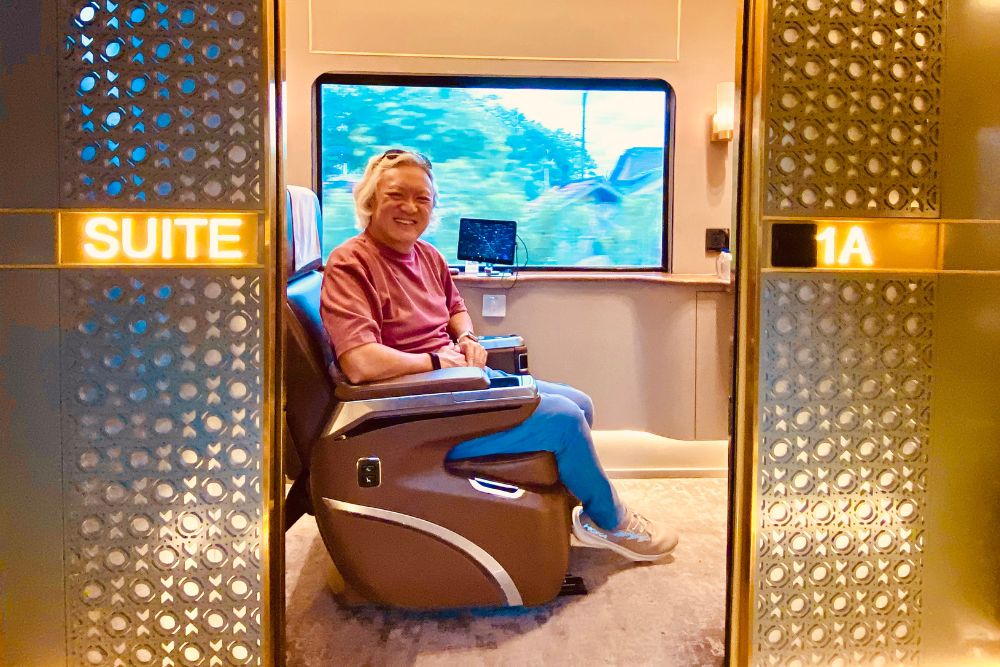
We headed to a special lounge area at the station, similar to an airport lounge. Comfortable, except that the food selection is rather limited. But once we boarded the train, the ambience changed.
We were greeted by the cabin crew and shown to our individual compartments, with a wide and comfortable massage chair. We were given a hot towel and welcome juice, and given a short briefing on how to make sense of the compartment. What buttons to press and how to use the different equipment, ie the chair, the screen, the window blinds, etc.
Lunch was served soon after. There were two choices. I chose the beef with rice, which was surprisingly good as I was expecting a meal like nasi lemak, fried noodle or something similar. An equivalent of an airline business class sort of experience.
Well worth the four hours to reach Surabaya, instead of the 40-minute flight time.

